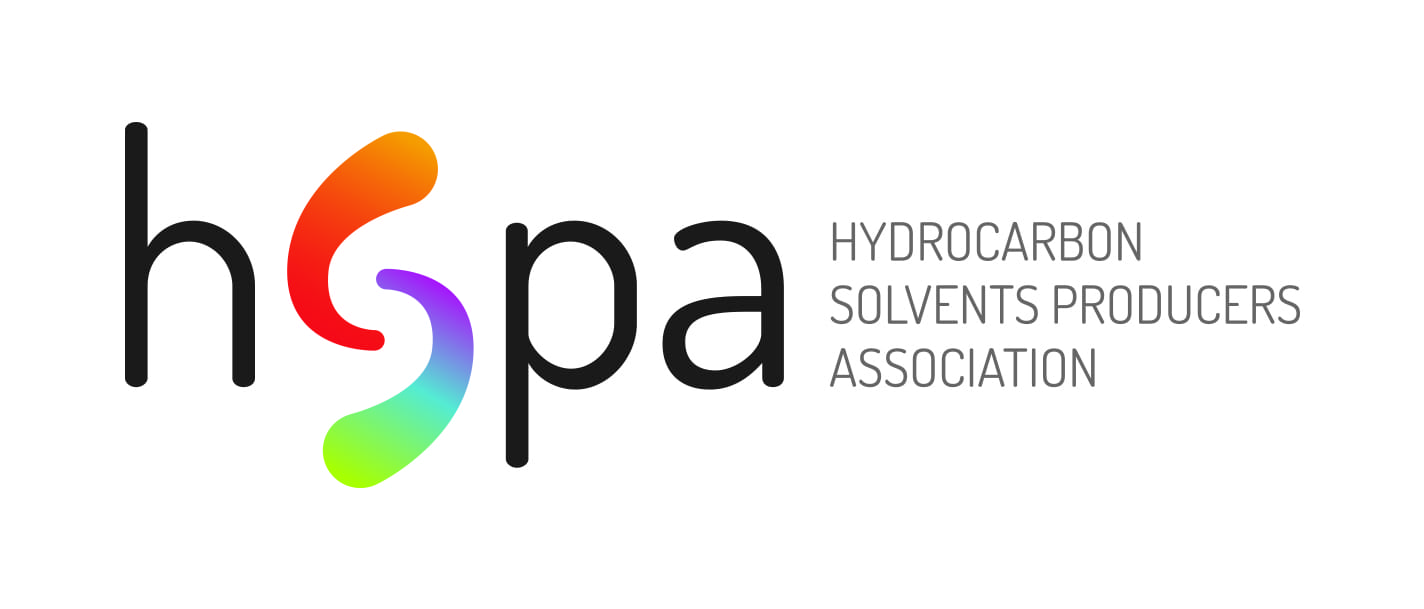
RCP calculator
The reciprocal calculation procedure (RCP) method to calculate occupational exposure levels for hydrocarbon solvents has been updated, taking into account recent toxicological information and changes in regulatory requirements. The calculator had previously been based on recommendations summarised in McKee et al. (2017), The reciprocal calculation procedure for setting occupational exposure limits for hydrocarbon solvents: an update. Journal of Occupational and Environmental Hygiene 14:575-584). Since that publication, there have been several changes in values published by reference sources:
Most important is reducing the recommended value for trimethyl benzene isomers from 100 mg/m3 to 50 mg/m3. As this value is the basis for the recommended Group Guidance Value for C9-C15 aromatic constituents, it has a major impact on the aromatic solvents and the aliphatic/aromatic solvents that contain aromatic components.
Potentially important for aromatic solvents is a new value for methylnaphthalene isomers of 2.5 mg/m3, which, because it is well below the group guidance value of 50 mg/m3 for aromatics, may influence the calculated values for solvents that contain aromatic constituents. It should be noted that a further reduction in this value has been proposed.
Other changes include reductions in the values for xylene isomers (from 434 to 87 mg/m3) and cumene (from 246 to 25 mg/m3). Still, these changes are unlikely to substantially affect the calculated occupational exposure levels for the solvents that contain them.
More information on the tool and an instructive short film can be found in the OEL section on the ESIG website.
Background
Hydrocarbon solvents are complex substances with variable compositions of aliphatic and/or aromatic constituents. Because of the complex and variable nature of these substances, it was at one time difficult for manufacturers to provide consistent advice on occupational exposure limits (OELs). Accordingly, a means to calculate OELs from compositional information using a reciprocal formula was proposed in 1997. The European hydrocarbon solvent industry adopted this reciprocal calculation procedure (RCP) in 2000, and it has been the method by which hydrocarbon solvents OELs have been calculated by the hydrocarbon solvents industry for the past 20 years.

French Order specifying the substances contained in mineral oils prohibited for use on packaging and printed matter distributed to the public
HSPA provided a statement when France notified the planned national measure under the Single Market Transparency Directive using the Technical Regulations Information System (TRIS).
The order is part of the French AGEC (Anti-Waste and Circular Economy). It aims to target substances that are considered to disrupt waste recycling or limit the use of recycled materials because of their risks to human health.
HSPA is not convinced that the draft order in question will address the perceived problem. The definition provided for mineral oils is not supported by any EU regulation or scientific body. The analytical issues entailed would lead to an enforcement problem from the start. It is relevant that such a regulatory issue is discussed at the European level and in the framework of the work in progress at EFSA and ECHA, taking into account all EU Member State’s positions to avoid double legislation and market distortion. Should the French draft order be adopted, this would create a barrier in the EU internal market for printed products.
Background TRIS Notifications
The Single Market Transparency Directive (EU) 2015/1535 prevents regulatory barriers arising in the internal market for products and information society services. The EU Member States and other participating countries notify their draft rules in those fields to the Commission. This triggers a 3-month standstill period during which the Commission and the other countries assess the national draft rules in light of EU rules. If they identify a potential barrier to the single market, they can respond. Any concerns they identify can then be addressed.
The Commission, the EU Member States and the other participating countries share information on the notification procedure under the Single Market Transparency Directive using the Technical Regulations Information System (TRIS).
Where it emerges that the notified drafts may create barriers to the free movement of goods or the free provision of Information Society services or EU secondary legislation, the Commission and the other Member States may submit a detailed opinion to the Member State that has notified the draft. The detailed opinion extends the standstill period by an additional three months for products and one month for services. In the event of a detailed opinion being issued, the Member State concerned has to explain the action it intends to take in response to the detailed opinion.
The Commission and the Member States can also comment on a notified draft that appears to comply with European Union law but requires clarification on its interpretation. The Member State concerned shall take such comments into account as far as possible.
The Commission can also block a draft for a period of 12 to 18 months if European Union harmonisation work is to be undertaken or is already underway in the same field.